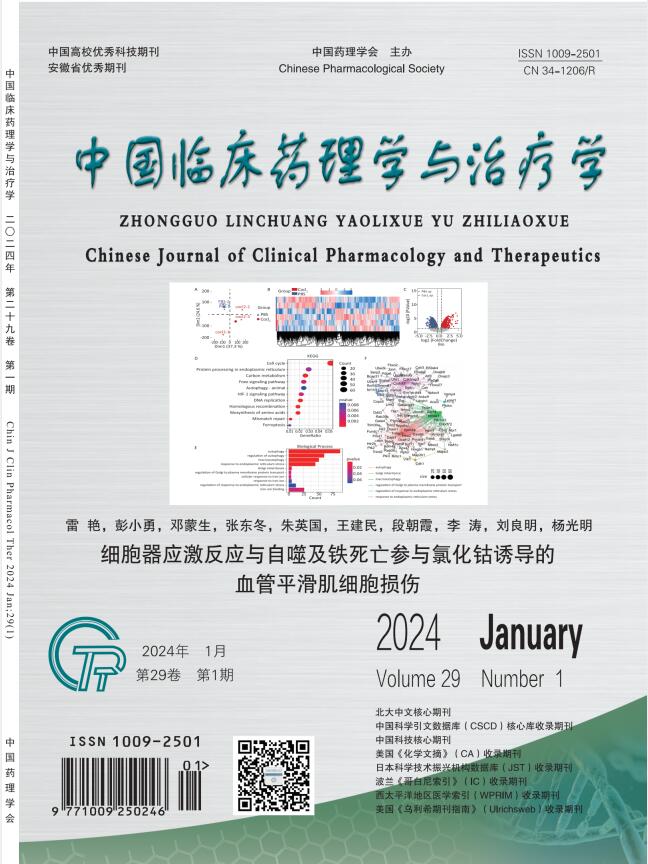AIM: To analyze the distribution frequency of gene polymorphisms of β receptor blockers, angiotensin receptor antagonists, angiotensin converting enzyme inhibitors, calcium antagonists, and diuretics in hypertensive patients from southern Anhui province, and provide a theoretical basis for gene detection of hypertension drugs and personalized medication. METHODS: Drug gene testing information from 839 hospitalized patients with hypertension at Yijishan Hospital of Wannan Medical College from July 2021 to April 2023 were collected, and the distribution frequency of each gene locus were analyzed. RESULTS: The genotype frequencies of ACE (I/D) I/I, I/D, and D/D were 42.1%, 46.0%, and 11.9%, respectively. the genotype frequencies of ADRB1 (1165G>C) G/G, G/C, and C/C were 8.3%, 40.0%, and 51.6%, respectively. The genotype frequencies of AGTR1 (1166A>C) A/A, A/C, and C/C were 90.2%, 9.8%, and 0.0%. The genotype frequencies of CYP2C9*3 (1075A>C) *1/*1,
*1/*3, and *3/*3 were 91.3%, 8.7%, and 0.0%, respectively; the genotype frequencies of CYP2D6* 10 (100C > T) *1/*1, *1/*10, and *10/*10 were 25.0%, 36.6%, and 38.4%, respectively. The genotype frequencies of CYP3A5*3 (6986A>G) *1/*1,
*1/*3, and *3/*3 were 7.0%, 39.0%, and 54.0%, respectively. The frequencies of NPPA (2238T>C) T/T, T/C, and C/C genotypes were 97.9%, 2.1%, and 0.0%, respectively. In addition, there was a significant difference in the genotype distribution frequency of multiple drug related gene loci in southern Anhui compared to other regions in China (P<0.05). CONCLUSION: The genotype distribution frequency of hypertensive drug related gene loci had certain bias in southern Anhui, and were significant different from other regions in China, indicating that conducting genetic polymorphism testing of hypertensive drugs had certain guiding significance for the individualized application of hypertensive drugs in southern Anhui.


